
Designing our impact on the land to minimize damages.
Where you do something is as critical to the outcome as what you do there.
Always consider four elements of the habitat or what scientists call "inorganic conditions" of existence.
W E A L or weal, the acronym and root word for wealth.
The mountains in Utah capture winter snow and retain the water in streams and underground for the remainder of the year. They are referred to as a source of value for watershed protection.
Know where the sun is in relation to your plan:
Geothermal as a source of independent energy comes in two varieties: 1) direct, active generation of electricity, or 2) indirect, passive use of relatively constant ground temperatures for heat and cooling.
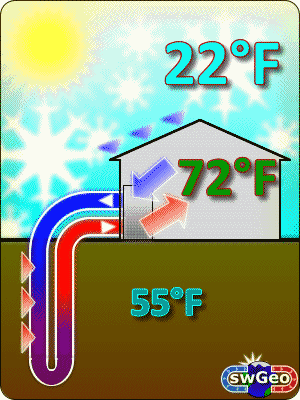
The ground stays at a more constant temperature at depth relative to the surface. Using subterranean air reduces the amount of heating and cooling of air above the ground that penetrates buildings and residences.
Wind as a source of useful (electrical or mechanical ) energy?
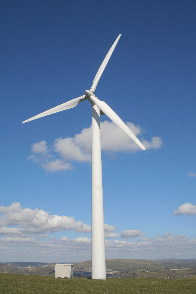
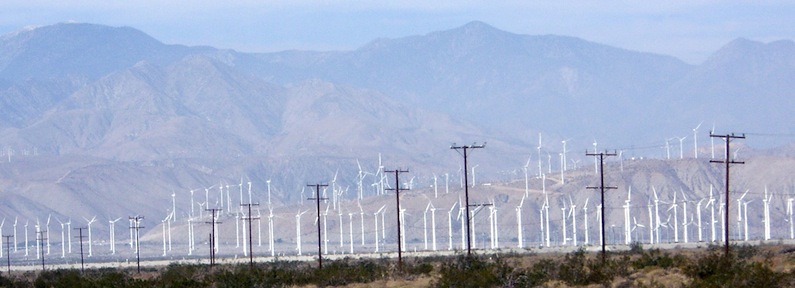
Windmills aligned in Palm Springs, California to optimize the capture of funneled air form the seashore to the deserts.
Landscape: is it natural or is it artificial, like engineered land?
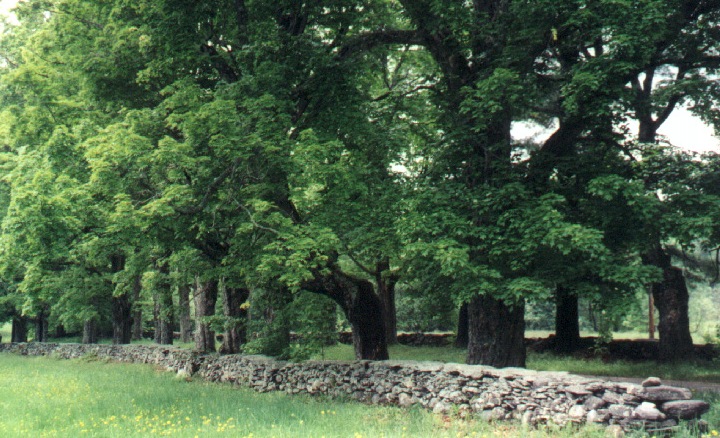
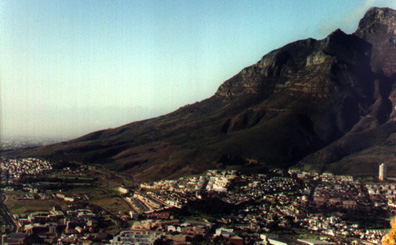
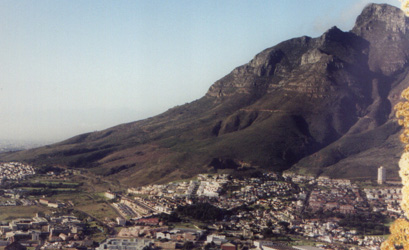
Explain the directions of the key sites with respect to how the winds, currents, and sun affect the island's varied habitats that you imagine are integral to your design.

William Cullen Bryant's home has several features to enhance its southern exposure, in the Berkshires.
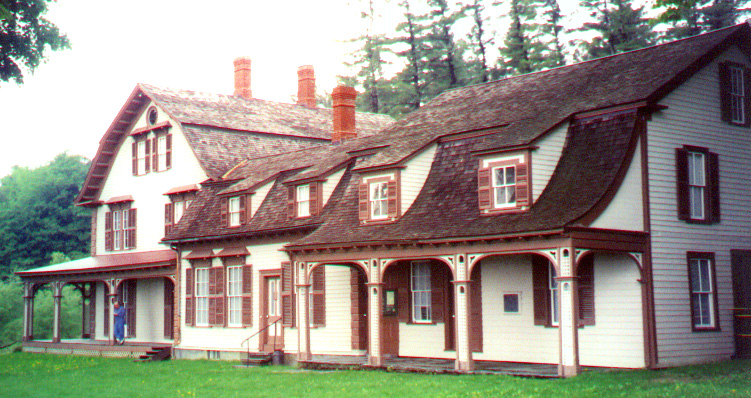
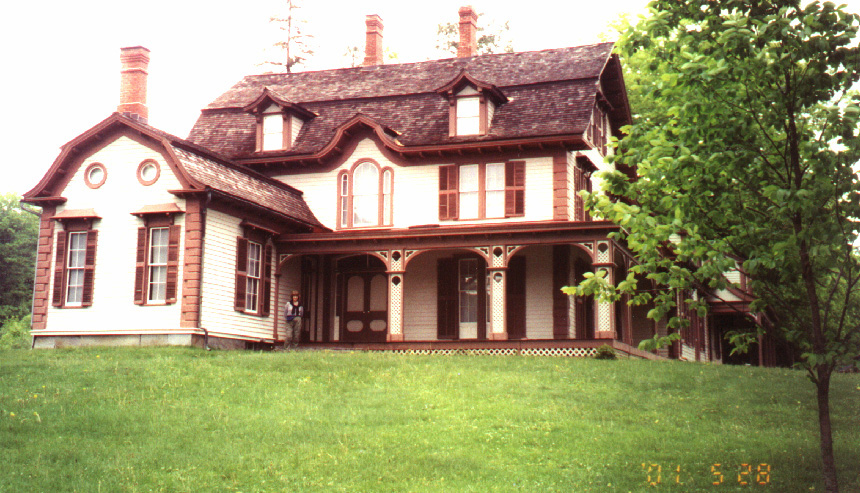
Acquiring a balance in artifice is the design elements, features, fabric and integrity of this and any structure on the land. The porch provides shade from the summer sun, but allows for the lower sun angle in the winter to warm the exposed portion of the structure.
River Basin is a term we will use to integrate or bring together the above elements of the habitat and the community.
Connecticut River Valley actually divides Vermont from New Hampshire -- as a boundary-- but in the eyes of artists here and of George Perkins Marsh it was an element in the landscape that brought the New England states through which it runs together into a watershed of common interests among Vermont, New Hampshire. Massachusetts, and Connecticut. Estuaries are the most productive sections of the rivers where they meet the sea.
![]()
Shoreline considerations:
Sea level and tidal changes
The consequences of development along the shore, adversely affected this underwater coral as part of a larger coral reef ecosystem:
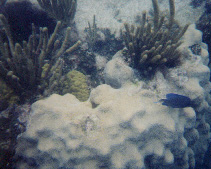
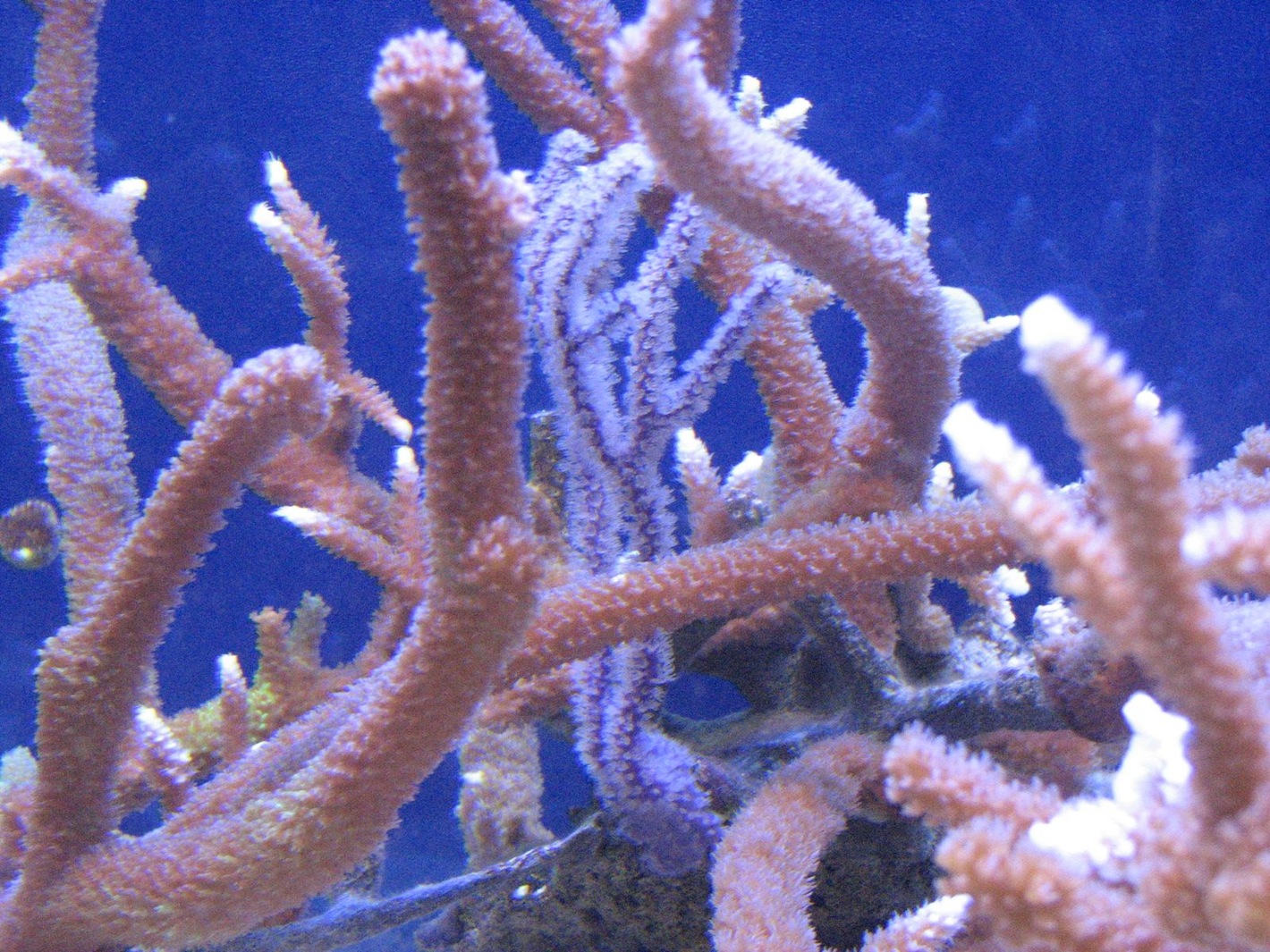
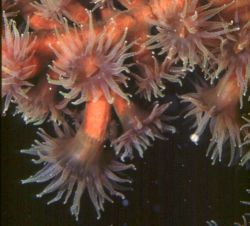
integrity discussed | value discussed | ecological design principles | living well